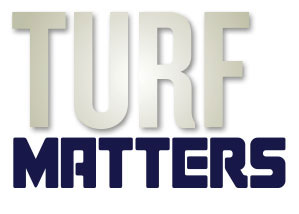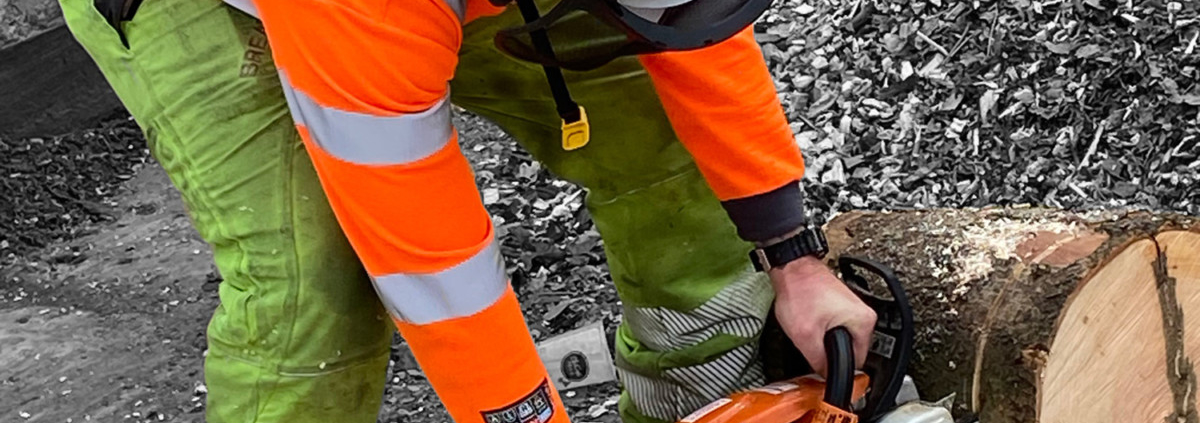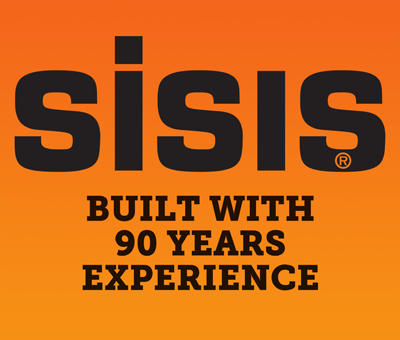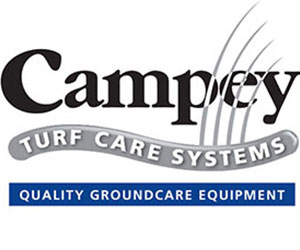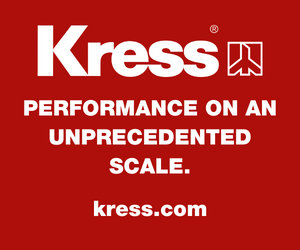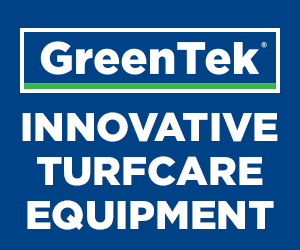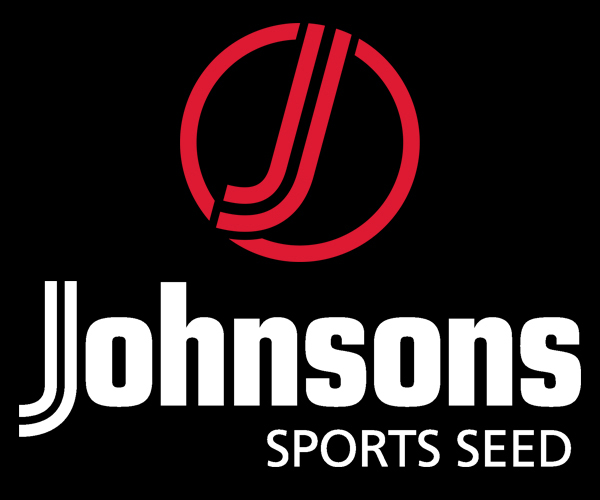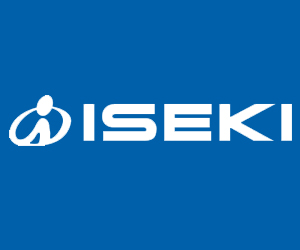HSE records growth in HAVS cases
HSE records growth in HAVS cases: The company behind HAVSPRO, the solution for the accurate, real-time measurement and monitoring of workplace vibration, is highlighting the latest Health & Safety Executive (HSE) figures, released in November 2022, which show a 375 percent rise in new Hand Arm Vibration.
Over 300 new cases of HAVS were reported in 2021, in addition to 165 new cases of Carpal Tunnel Syndrome (up 412 percent) and 255 new instances of Depuytren’s Contracture (a rise of 392 percent). HAVSPRO points out that these conditions are all easily preventable with appropriate measures in places to protect the workforce.
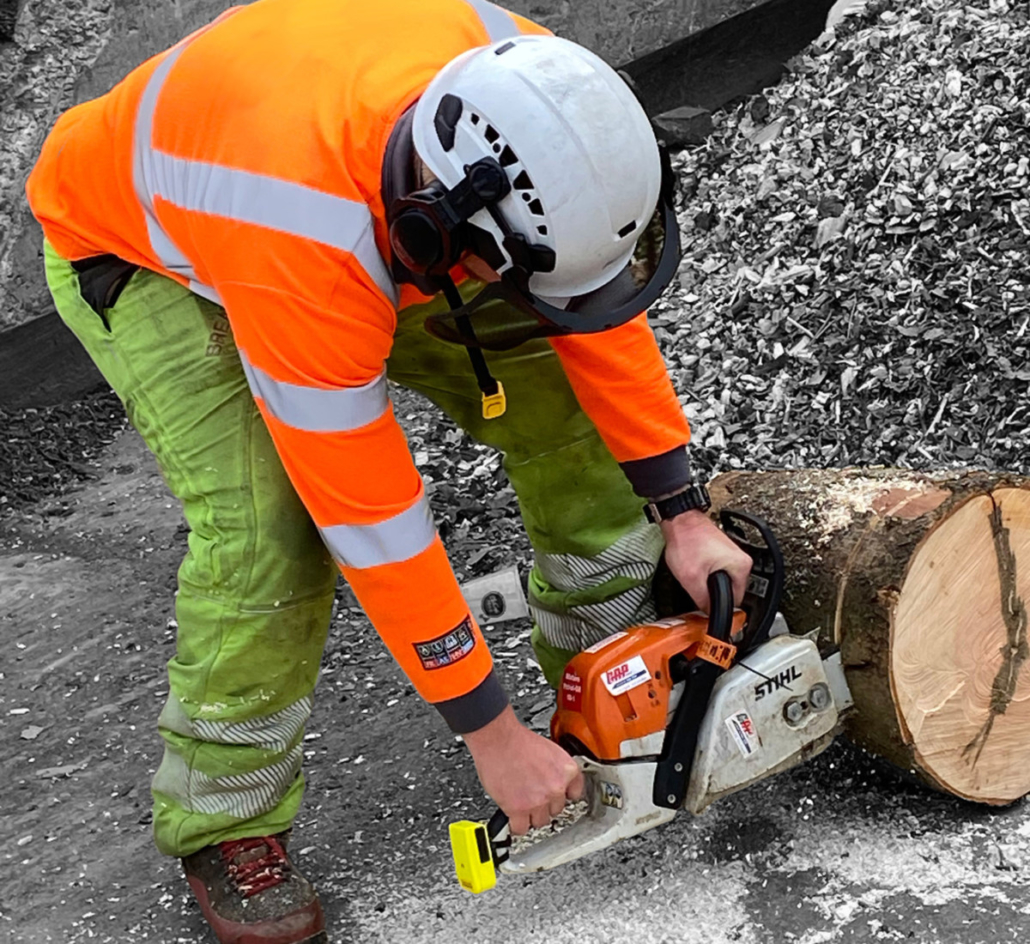
However, in addition to this disturbingly high rise in cases, the HSE report also shines a light on the extensive array of industries (some previously unconsidered) in which workers are exposed to such debilitating conditions.
Whilst the HSE statistics show the construction and mining industries have long been seen as key contributors to risk in this area, a number of new sectors are revealed as being areas of concern, including ‘service’ industries. The reported data sets include repair of motor vehicles, accommodation and food service activities, and transport and storage as part of the Service sectors that are reporting over 50 percent of new cases in 2021.
More than two million people are at risk from developing HAVS and approximately 300,000 people suffer from HAVS in the UK alone, with companies already feeling the impact of successful worker litigation to the tune of £2.5m in fines alone in the last 7 years – and almost £1.4m of these fines have been since 2018.
Russ Langthorne, Managing Director of SIXIS Technology, the company behind HAVSPRO, and a personal HAVS sufferer himself, is concerned at these significant increases; “These statistics are particularly concerning because the number of new cases is at a five-year high, and not just skewed as a result of the recent pandemic. It is clear that companies need to be taking this growing risk factor more seriously, given the significant impact it can have on both their workforce and their bottom line. Action must be taken now.”
HSE regulations stipulate that “An employer who carries out work which is liable to expose any of their employees to risk from vibration shall make a suitable and sufficient assessment of the risk created by that work to the health and safety of those employees, and the risk assessment shall identify the measures that need to be taken to meet the requirements of these Regulations”.
However, the regulations further state that “There is no legal requirement for continual monitoring and recording of vibration exposure and that to do so would probably not be a good use of your or your employees’ time, unless there are very specific circumstances.”
Russ adds: “Clearly, this huge rise in new cases in a number of related HAVS conditions and across a host of industries, indicates that there is now a very real requirement for businesses to prioritise vibration exposure measuring and monitoring, both to protect their workers and to avoid costly litigation and fines.
“The game changing and simple to adopt HAVSPRO system provides continuous measuring and monitoring of vibration exposure, allowing for a proactive, ALARP-focused approach to vibration risk management. There is no longer any excuse for companies not to engage in doing everything possible to manage the risk from vibration exposure, to as low as reasonably practicable, and to #MakeHAVSHistory.”
For more information, visit the HAVSPRO website.
For the latest industry news visit turfmatters.co.uk/news
Get all of the big headlines, pictures, opinions and videos on stories that matter to you.
Follow us on Twitter and Instagram for fun, fresh and engaging content.
You can also find us on Facebook for more of your must-see news, features, videos and pictures from Turf Matters.
